"I had the pleasure of attending a Guardian Masterclass in London — one specifically about Data Visualization for journalists, designers and marketers. Presented by both an editorial director and an art director, it covered both the story and the graphic design aspects, and the core theme of the course addressed a simple question – does your data tell a story and can you visualize it?"
Read the full article to find out more about infographics and:
- history
- matching stories to data
- tips on visualizing data
- putting data into context
- what if there is no story in my data?
Via José Carlos



 Your new post is loading...
Your new post is loading...

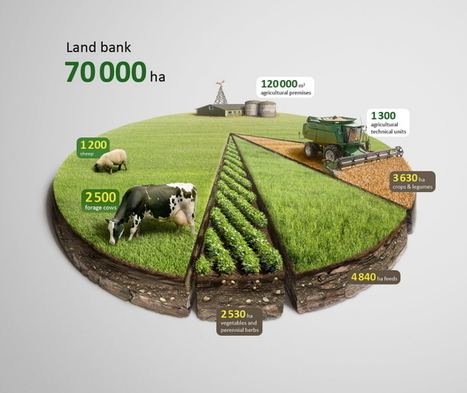

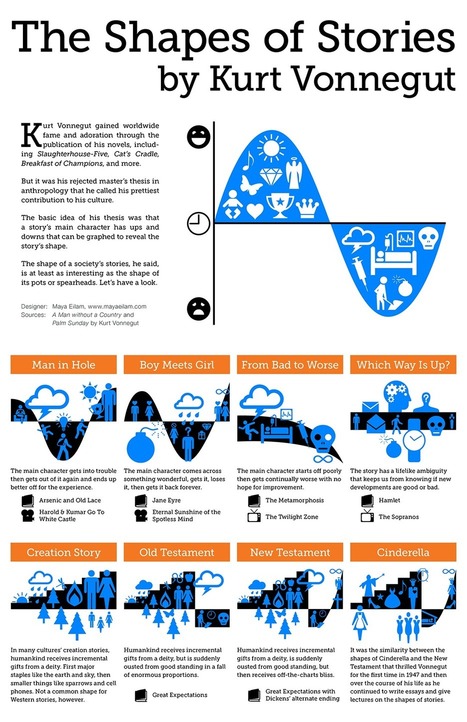

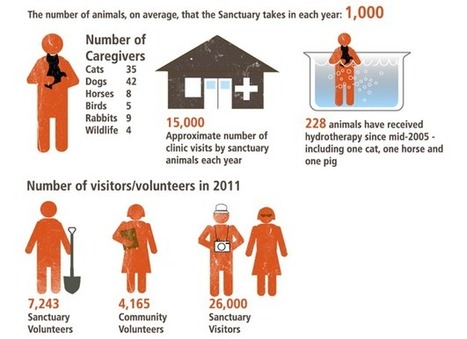


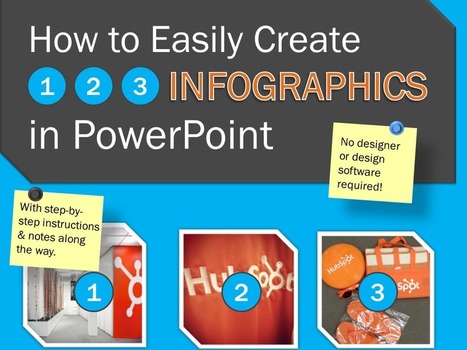
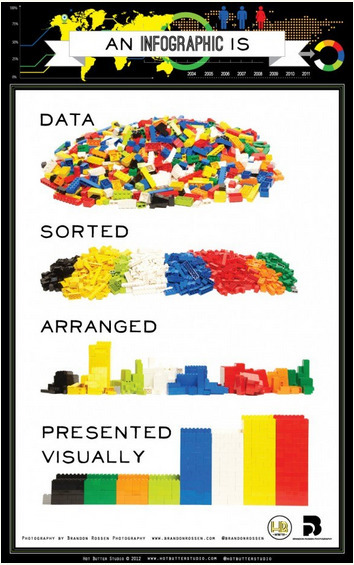
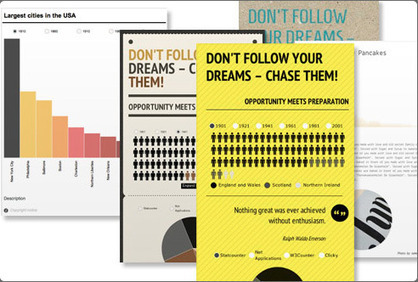

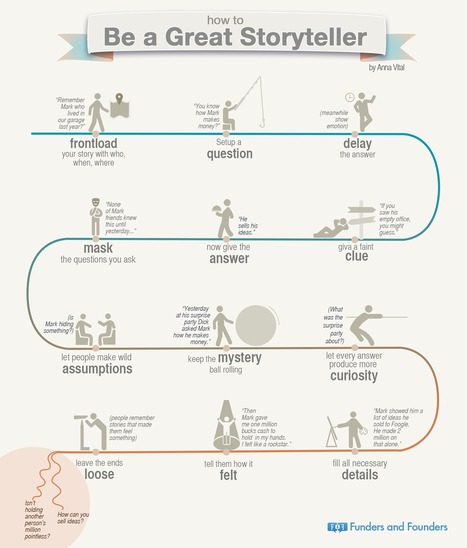


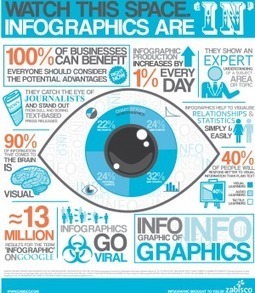
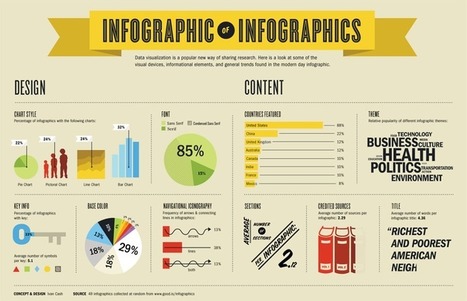

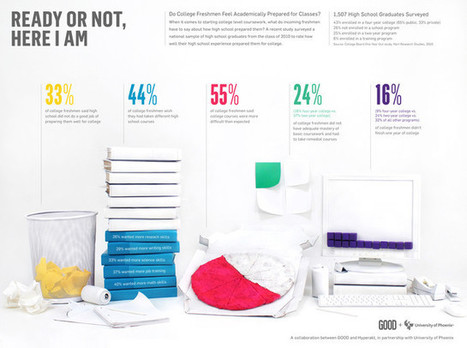
![The History of Content Marketing [Infographic] - Corporate Storytelling is Not New | Content Marketing Institute | How to find and tell your story | Scoop.it](https://img.scoop.it/meB8U4ySI-dNgQGx4JnP_Tl72eJkfbmt4t8yenImKBVvK0kTmF0xjctABnaLJIm9)
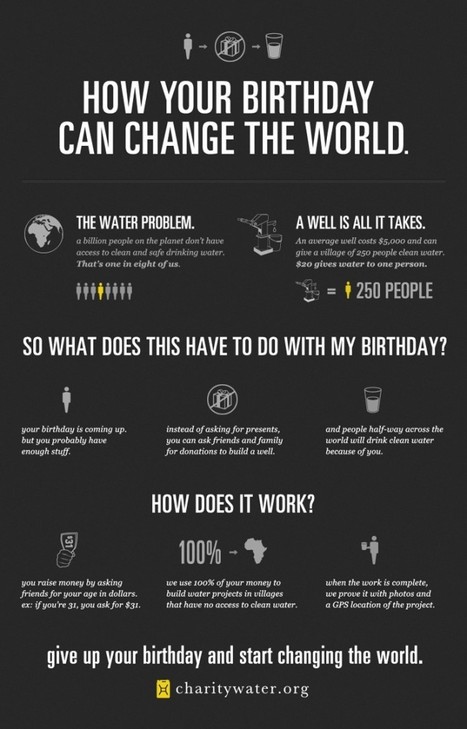





Infografías que cuenten historias.
buy smartbuds
buy pre rolls 10
thca diamonds free!!
facts of white widow
Foreverkush.com has a 30% discount going on from 1st till the 15th of April due to the outbreak of corona virus. please stay home place, your orders